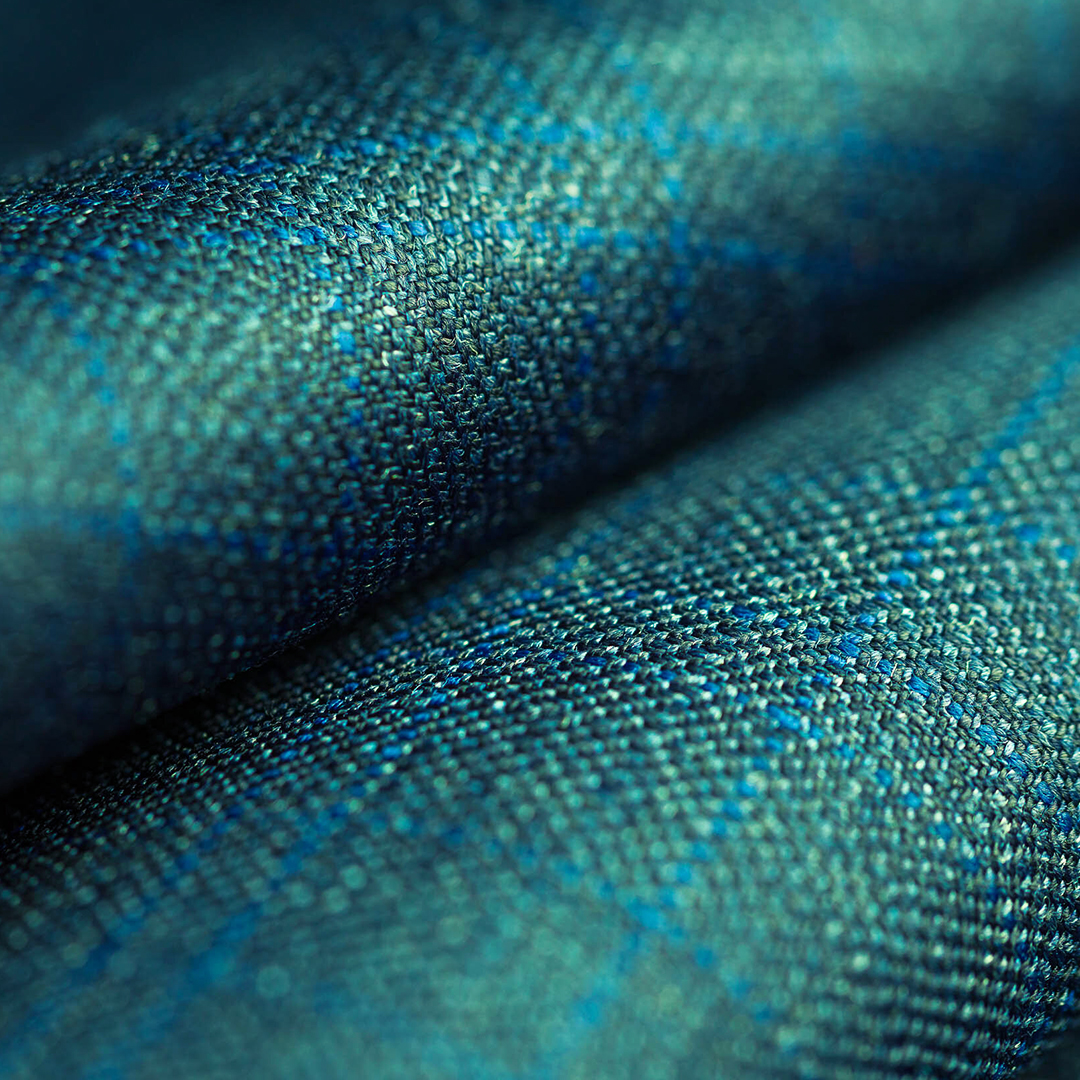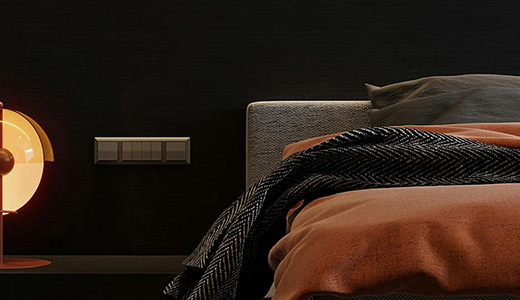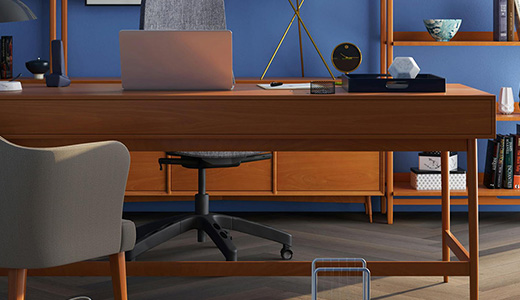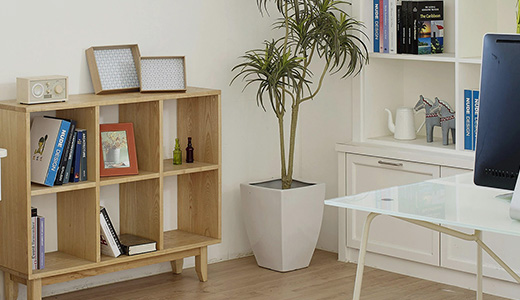
Ultra reality
Effective product visualisation plays a critical role in capturing consumer attention and driving sales in modern businesses. With the arrival of advanced 3D modelling technology, companies now have a powerful tool to showcase products in incredible detail.
In a 3D environment, texture can give an audience an impression of the object’s substance. Just by looking at these objects, the viewer should be able to tell what they are made of.
Every object in the real world has unique properties such as reflection, refraction, intensity, shape, colour, and many others when exposed to light.
3D texturing
It takes a lot of effort for the artist to create and edit every single element of a 3D object’s exterior during the 3D modelling phase. 3D texturing solves this problem by allowing artists to add microscopic details to the surface of models, such as wrinkles, cracks, breaks, and imperfections.
3D texturing represents three main properties of any surface: the material, the lighting effects, and the surface details.
- Material
The basic goal of 3D texturing is to give the viewer a sense of what the object is made of just by looking at it.
- Light effects
When exposed to light, every object in the real world exhibits different properties, such as reflection, refraction, emission, and so on. In an animated 3D world, the same properties must be applied to 3D objects made of the same material.
- Surface details
To make a 3D model look more realistic in a 3D environment, many types of textures and texture mapping can be used.
What are the best 3D texturing tools?
If you are wondering how is it possible to get the perfect textures, the answer is by using one of these 3D software. Even though the result of the texturing process does not depend on the texturing tool, but rather on how you will use it. However, listed below is a small collection of the most common 3D software used to create 3D printed parts with texture.
- Substance painter
- Substance designer
- Adobe Photoshop
- Blender
The ability of 3D models to show intricate details, textures and materials has changed the way products are visualised and experienced by consumers. By leveraging advanced rendering techniques and interactivity, companies can offer customers an engaging and realistic representation of their products. From exploring products from all angles to customising and personalising options, 3D models enhance the buying experience, foster consumer confidence and ultimately help increase sales. As technology evolves, the future of product visualisation through 3D models offers even more exciting opportunities for businesses and consumers as well.
 Beds & Headboards furniture
Beds & Headboards furniture Chairs & Seating furniture
Chairs & Seating furniture Tables & Desks furniture
Tables & Desks furniture Storage & Organization furniture
Storage & Organization furniture Sofas & Couches furniture
Sofas & Couches furniture
Connect
Subscribe to newsletter